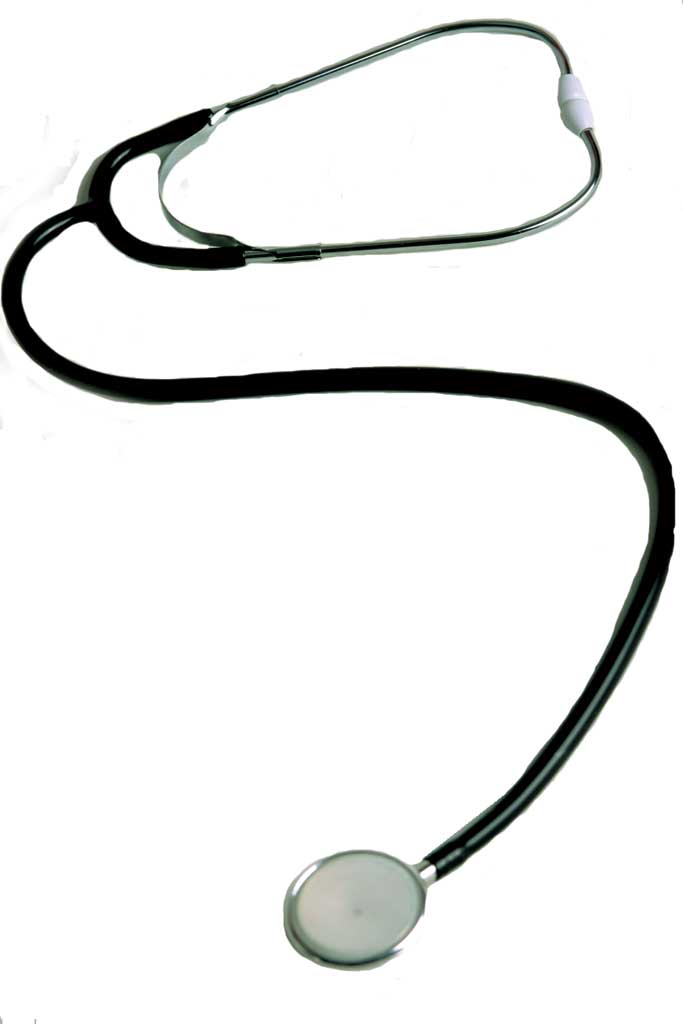By Edward M. Soffen, M.D.
Did you know that an estimated one 1 of every 9 men in the United States will be diagnosed with prostate cancer during his lifetime?
In fact, other than skin cancer, prostate cancer is the most common cancer in American men, according to the American Cancer Society.
And while a diagnosis of prostate cancer may sound scary, it is highly treatable, and in some cases may only require active surveillance to monitor its growth.
When treatment is necessary, the Edward & Marie Matthews Center for Cancer Care at Penn Medicine Princeton Medical Center offers patients a range of options to help reduce complications, including targeted radiation therapy.
Older Men at Greater Risk
The American Cancer Society estimates that more than 190,000 men will be diagnosed with prostate cancer this year.
The disease is more likely to develop in older men and African American men, with 66 being the average age at diagnosis. Prostate cancer is rare in men under 40, according to the American Cancer Society.
In addition to age and race, family history is also a risk factor for prostate cancer. Men who have a father, brother, or son who has had prostate cancer are at greater risk for developing the disease.
Early prostate cancer signs can include:
• Burning/pain during urination
• Difficulty urinating, or trouble starting and stopping
• Frequent urges to urinate at night
• Loss of bladder control
• Decreased flow or velocity of urine stream
• Blood in urine or semen
• Erectile dysfunction
It is important to note that these symptoms can be associated with many other health conditions. If you experience symptoms or are concerned about your risk for prostate cancer, talk to your doctor.
Prostate cancer can be diagnosed with a blood test, digital rectal exam and biopsy. If cancer is detected, advanced testing can analyze genetic changes to help determine how aggressive the cancer is and what treatment options will work best.
Individualized Treatment
Treatment for prostate cancer is highly individualized and depends on many factors including age, lifestyle, life expectancy, and the extent of the disease.
For elderly men without symptoms or with other serious health conditions that may limit their lifespan, active surveillance—monitoring the condition without medical treatment—is often recommended.
Younger men may consider active surveillance with the understanding that treatment – whether surgery to remove the prostate or targeted radiation therapy – may be required later on.
Radiation therapy techniques include:
• External beam radiation therapy. External radiation beams are tailored to the exact shape of the prostate to help spare nearby tissues.
• Low-dose-rate (LDR) brachytherapy. Tiny radioactive pellets are inserted using needles placed directly in the prostate gland. The procedure is performed only once, as radiation is slowly delivered to cancer cells over several weeks.
• High-dose-rate (HDR) brachytherapy. A high-dose radiation source is delivered through a catheter directly to the prostate for a short period of time, typically about 20 minutes. Because the radiation dose decreases rapidly from the surface of the source, HDR brachytherapy has a significantly decreased effect on the normal healthy tissue around the area being treated, protecting the bladder, small bowel, and rectum from radiation.
Brachytherapy can be used alone or in combination with external beam radiation therapy.
Additionally, the use of an injectable hydrogel can help protect the rectum from radiation, reducing the risk for rectal complications and increasing the likelihood of preserving erectile capabilities.
A week or two prior to the start of radiation therapy, the gel is injected between the prostate and the rectum under local anesthesia to push the rectum away from the prostate.
A few days later, an MRI is used to pinpoint the exact location of the gel, which effectively serves as a half-inch spacer between the two organs so the target location for radiation can be established.
Radiation treatment usually spans between five-and-a-half and nine weeks, and the gel is effective for up to 12 weeks. Within six months of injection, the gel will completely dissolve and be eliminated from the body with no residual effects.
A Personal Decision
Prostate cancer can be a serious disease, but not everyone will need treatment. The best treatment approach is different for every man. It’s a personal decision that should be made in consultation with a physician, so you can identify the approach that best meets your unique needs.
To find a physician with Penn Medicine Princeton Health or for more information about the Edward & Marie Matthews Center for Cancer Care at Penn Medicine Princeton Medical Center, call 888-742-7496 or visit www.princetonhcs.org.
Edward M. Soffen, M.D., is board certified in radiation oncology and is a member of the medical staff of Penn Medicine Princeton Health.

